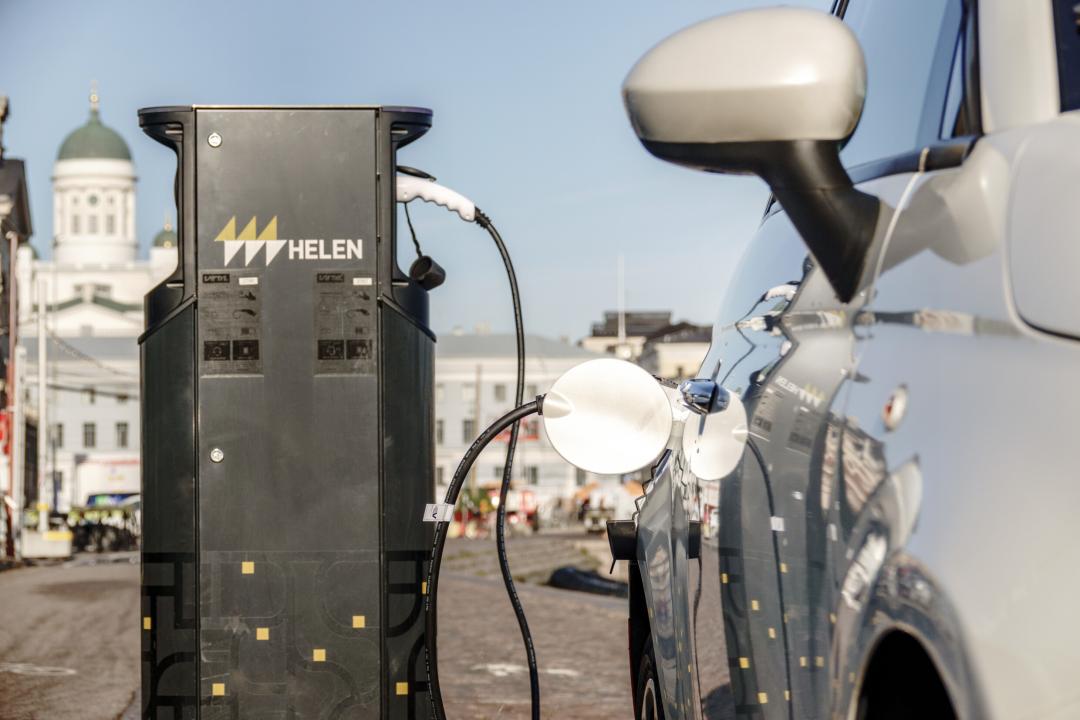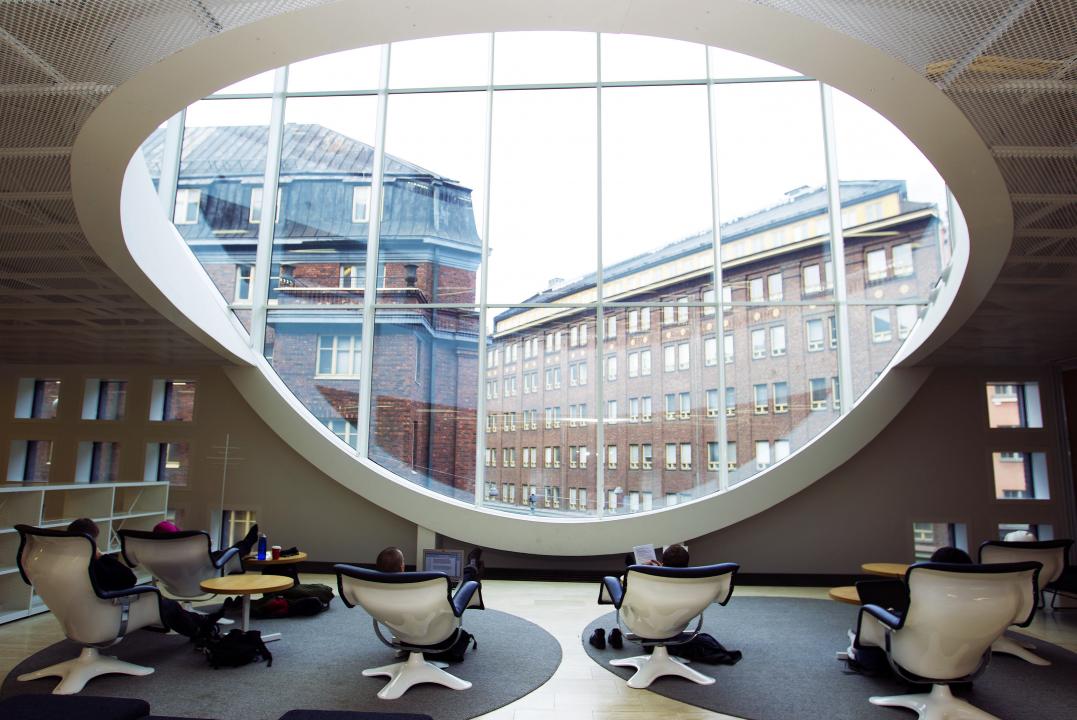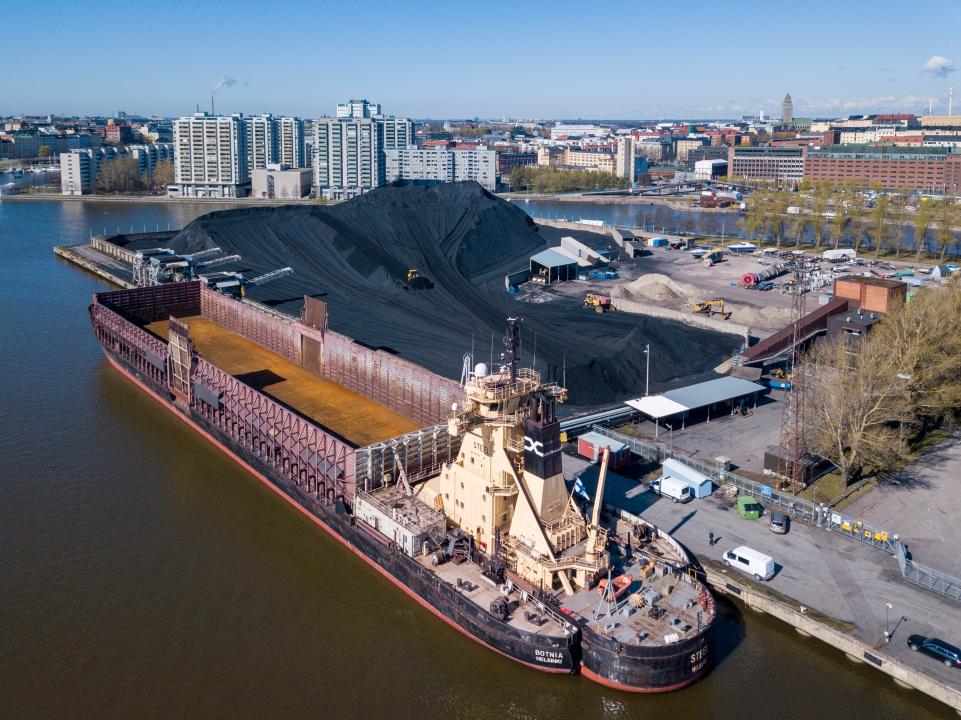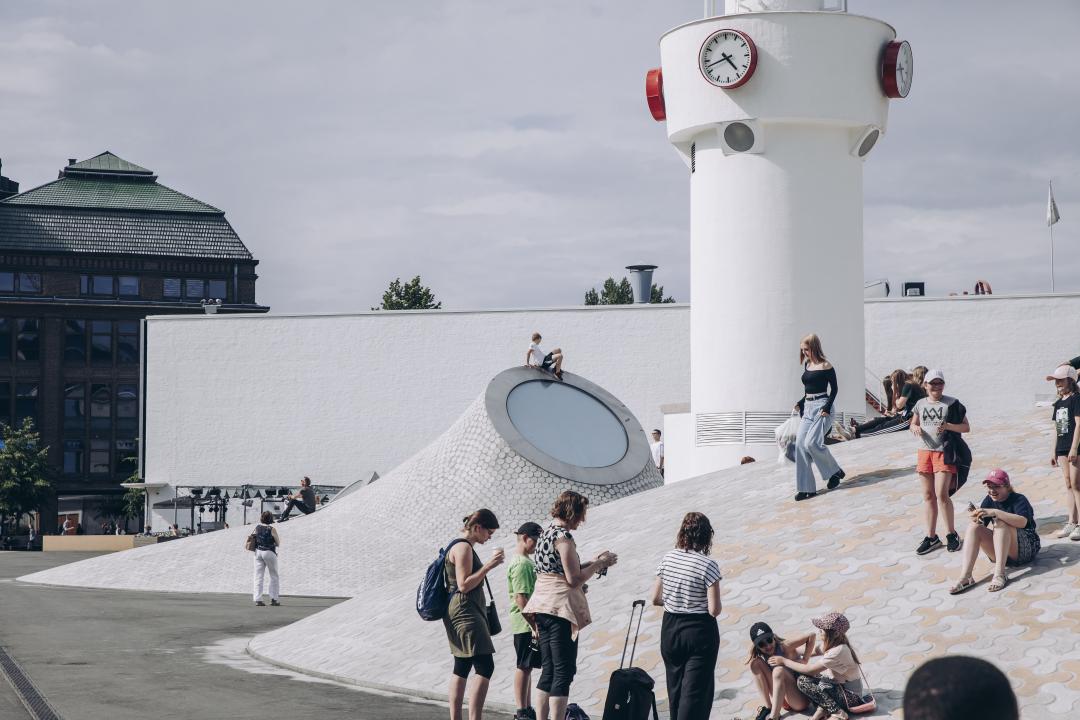
Significant progress has already been made with continuous climate work. In 2020, Helsinki’s emissions were 33 percent smaller than those in 1990, even though the number of residents had increased by 150,000. Per resident, the emissions were calculated to be approximately 49 percent smaller. However, in order to make Helsinki carbon-neutral, the emissions have to be reduced even more and faster than before. A carbon-neutral Helsinki is being created in collaboration between the residents, the City, businesses and organisations.

Sustainable traffic solutions
One fifth of Helsinki’s emissions comes from traffic. One key requirement is that people reduce their kilometres travelled by car and choose low-emission methods of transport. Becoming carbon-neutral also requires further development in vehicle technology.
Among the actions are:
- Promoting the use of electric cars by means such as extending the charging network
- Reducing emissions from heavy traffic with equipment choices and environmental criteria
- Reducing emissions from port operations
- Taking part in creating follow-up surveys regarding the pricing system for vehicle traffic
- Raising parking fees and extending parking fee zones
- Promoting walking, cycling and the use of public transport
- Implementing new mobility services
- Reducing distances with dense urban and traffic planning

More energy-efficient buildings
The heating of buildings causes more than half of Helsinki’s emissions. The greatest emission reduction potential lies in energy renovations: for example, when a building is renovated, it can be made significantly more energy-efficient than before.
Very strict and binding energy efficiency requirements have been set for the City’s own building stock in both new constructions and renovations. In addition, local production of renewable energy and locally produced heat and power are being increased. The City’s actions are wide ranging and thereby also wide reaching in their impact, as the requirements apply to all the City’s office premises and service buildings, as well as to all residential buildings operated by Helsingin kaupungin asunnot Oy (Heka).
Because only a small percentage of all buildings located in Helsinki are owned by the City, it is important to encourage residents and organisations to take part in reducing emissions. The buildings owned by the City hold 11% of the emission reduction potential of the entire building stock of Helsinki. The majority of the measures to reduce emissions are financially attractive to building owners in the long term. They often improve livability as well.
Among the actions are:
- Providing advisory services to support Helsinki housing companies' energy renovations and increased use of renewable energy
- Steering district planning more towards carbon neutrality than before
- Steering people towards energy-efficient solutions and renewable energy through Building Control Services
- Improving energy efficiency and increasing the use of renewable energy in the City’s service and residential buildings
- Taking the entire carbon footprint of construction into account and promoting wooden construction
- Replacing outdoor lights with more energy-efficient alternatives
- Making provisions for emission-free thermal and wind energy

Energy production
The development programme of Helen Ltd, the energy company owned by the City, is responsible for emission reductions in energy production. Reducing the emissions from electricity production affects the emissions of the entire nation. The use of coal will be stopped entirely. The Hanasaari coal plant closed in 2023 and the use of coal at the Salmisaari plant will end fully in 2024.
Helsinki wants to serve as a platform for new, sustainable and innovative solutions and launched in years 2020 and 2021 the international Helsinki Energy Challenge. The challenge sought solutions that would enable the city to be heated sustainably in the coming decades without coal and with as little biomass as possible. The winner of the challenge was announced in March 2021.
Among the actions are:
- Replacing fossil fuels by building heating plants that run on renewable energy
- Utilising waste heat
- Implementing heat pumps
- Utilising the demand response for heat and electricity
- Switching to wind and solar energy in electricity production
- Using electricity storage facilities
- Applying energy solutions of the future.

Towards a smart and clean economy
The procurements form more than 40 percent of the City’s expenses. Helsinki’s goal is to reduce emissions from its own procurements with environmental criteria regarding aspects such as construction materials, food services and ICT equipment. Furthermore, the City creates platforms and opportunities for developing Smart & Clean business activities.
Among the actions are:
- Making the development of climate-friendly products and services in Helsinki as easy as possible
- Developing climate-friendly solutions together with businesses and residents
- Daring to try new things and create pilots, and sharing what we have learned from them
- Developing the City’s procurement criteria so that they encourage operators to provide climate-friendly products and services
- Taking the entire lifecycle of the products and services we procure into account
- Promoting a sharing and circular economy in terms of the use of the City’s facilities, libraries, food management, etc.
- Monitoring our procurements and reporting them in a more methodical manner
- Reinforcing residents’, City employees’ and politicians’ know-how in matters related to climate change and circular economy.

- More information about Helsinki's climate actions, objectives and monitoring at helsinginilmastoteot.fi
- You can follow the progress being made in Helsinki’s climate programme on the Climate Watch website (in Finnish).
